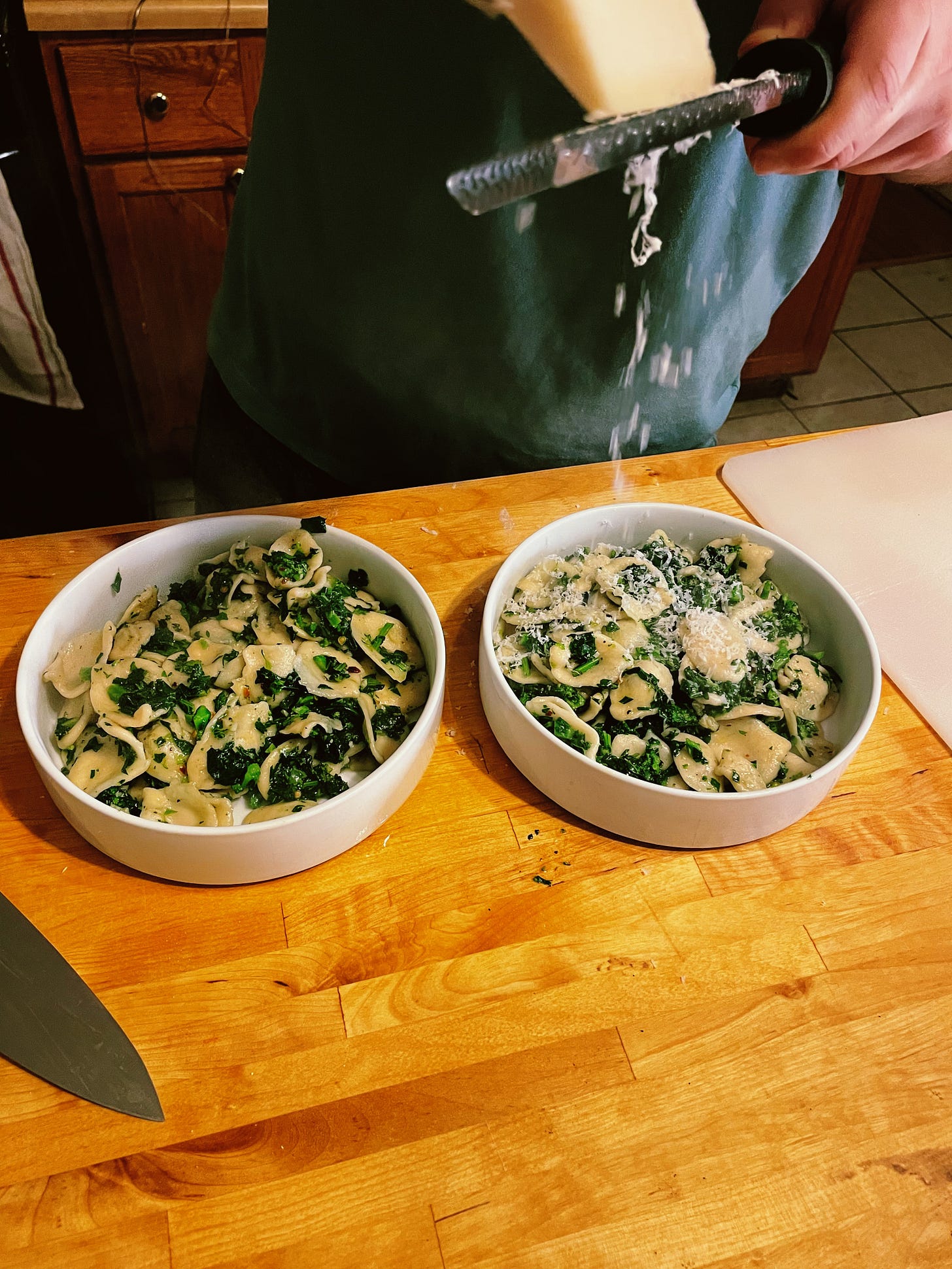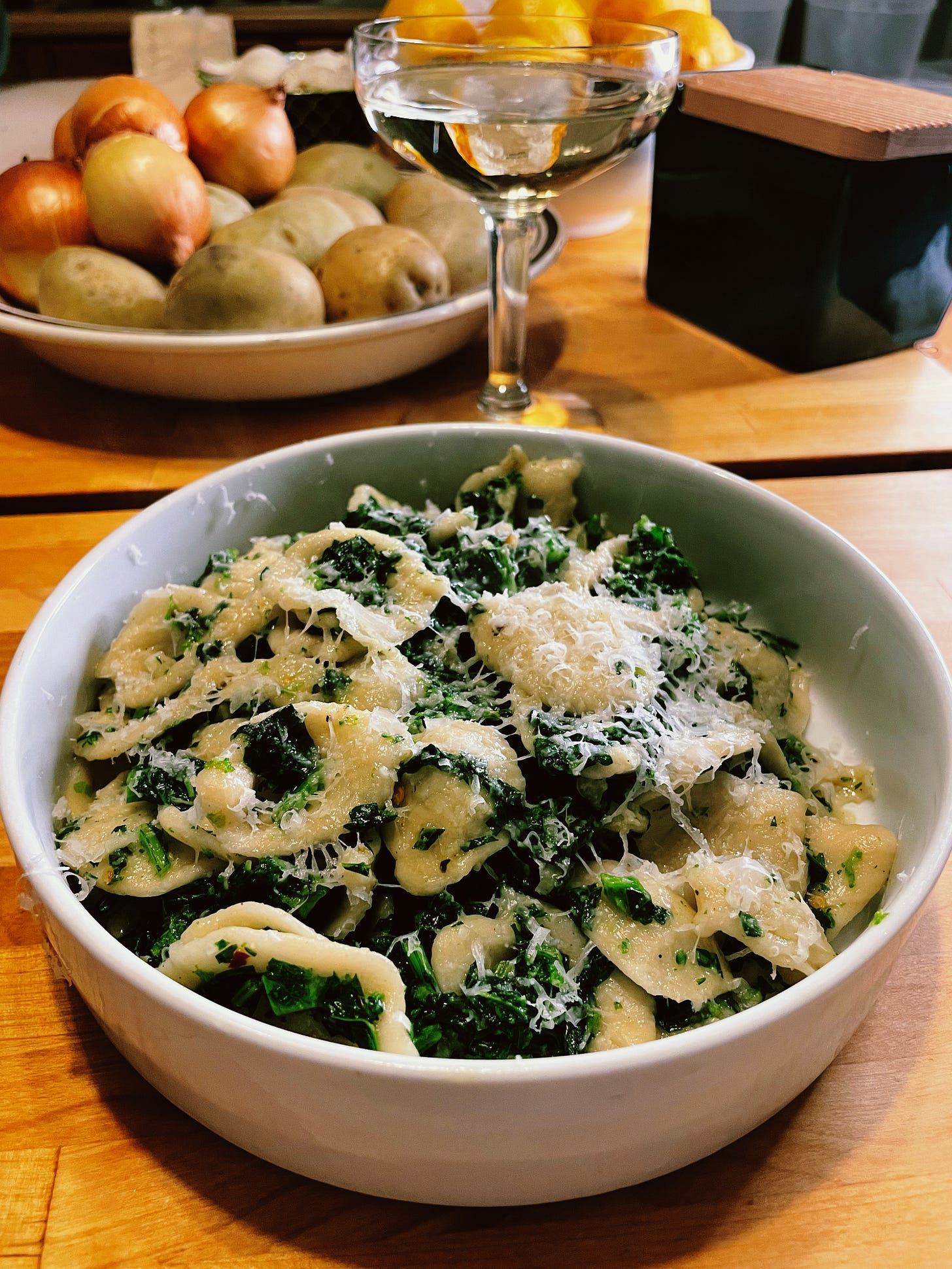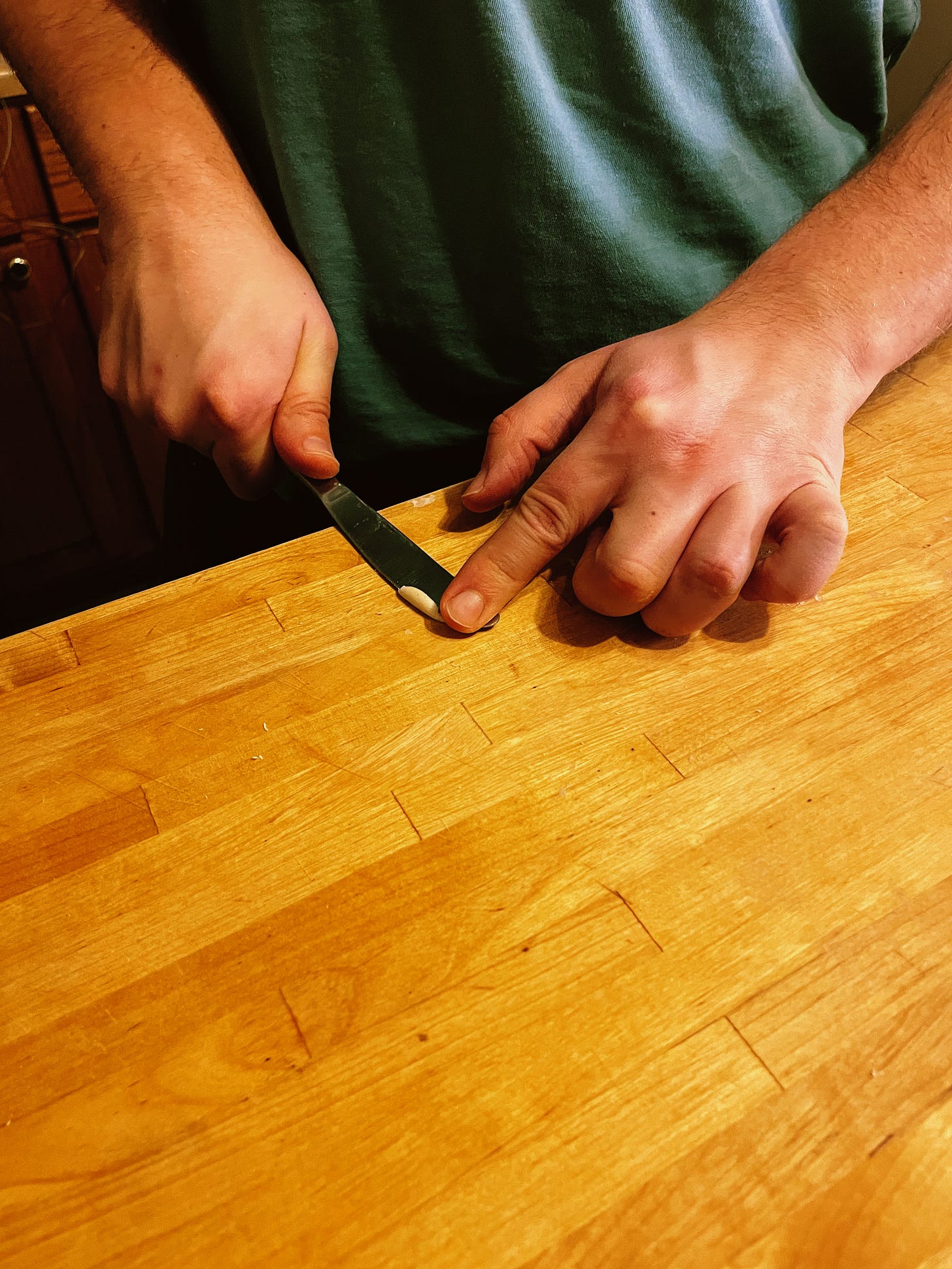I have this recurring dream where I step out of my front door and hesitate. It’s usually the front door of my parents’ house in the suburbs of Chicago. I’m being pursued by something or someone; they know where I am. It’s warm, and the sun is setting in my eyes because the house faces west. Quickly, it becomes night. I start to run.
In the darkness of these dreams, I move quickly over lawns and through dirty condominium courtyards. I take the shortcut through a cul-de-sac to the retention pond behind my middle school — a path I haven’t taken in 20 years, as vivid as if I were walking there in real life. I lope across the soccer fields and reach a moonlit pond, and a thicket where I once plucked a garter snake off a branch as a girl. I wait, crouched expectantly, hoping I become invisible.
The interpretations are obvious. If dreams are mirrors, these show me I live in perpetual motion and deference to my fears in waking life. If whatever’s chasing me catches up in the dream, I don’t fight. I scream and no one can hear me. One of the moments of possibility in the dream is the point where I stand poised on the threshold to run, and could go anywhere in the world, but choose that same old route anyway. As if it’d make any difference.
These have been exhausting and fearful years I’ve been trying to outrun, so it stands to reason that I’ve been having this dream more often. Even the things that bring me joy — writing this extremely-belated newsletter included — can make me feel stretched thin, like butter over too much bread. This winter especially felt like a retreat into the most small, afraid version of myself, a directionless, sweatpants-monster Rachel. I feel for the Bilbo Baggins of Fellowship of the Ring, laden down with burdens and overdue for a break to reflect and become myself again.
Because I don’t have a Rivendell I can retire to, I started running this winter after a five-year hiatus to try and improve my mental and physical health. (I really recommend the Couch to 5K program if you’re ever looking for a non-intimidating way to get moving.) I run the same route down the trail by my house a couple times a week. My slow, steady pace feels hypnotic and quiets my mind in the way only running can. One foot in front of the other forever. Every run, though, is not identical. I get a little stronger and go a little further. I see something a little different each time too - a red-tailed hawk hunting city rats, a man in a neon orange suit, hazy sun hitting the skyline. I’m going somewhere by going nowhere, dreams be damned.
The rustic orecchiette below are made with a similar patient repetition. Miraculously, this produces a unique shape for each one, and a pile of beautiful pasta. What seems tedious, repetitive, and impossible can accumulate into a new form. With time, with discipline, what seems unmoving can be changed.
—r
By the time chefs became celebrities and food media became big business, Italian cooking was firmly established in the U.S. mainstream. We didn’t call dishes like the recipe below “Southern Italian food,” just “Italian food” - one of the many dishes brought over on boats from Palermo, Bari, Naples, or the other ports from which Southerners fled poverty or cholera for these shores. For most of history, it was Sicily and the southern regions of the peninsula that gave America its Italians and its Italian food. Of course, upon arrival and over the decades, the dishes these migrants brought with them morphed to fit American tastes or replace unavailable ingredients.
Northern Italian celebrity chefs like Lidia Bastianich and Marcella Hazan appeared on our TVs as early champions of gourmet Italian food. When they made pasta, they reached for a carton of eggs, not a blue box. The unfamiliar food they were making carried an air of sophistication, if not superiority. It was European, not from New Jersey. It only made sense that their fresh pasta was the real Italian food.
Because of this, there’s a natural assumption among Americans that fresh pasta is better than dried pasta. Not many dried food products are considered better, or even equal to the fresh versions, after all. In reality, the springy, eggy Northern pastas that get rolled out into sfoglie and folded into delicate parcels simply come from an entirely different culinary tradition than the extruded and dried Southern pasta that most of us grew up eating. One is not better than the other, they’re just different foods with different histories and different applications.
Just as Amanda Mull explored in her treatise on her mother’s biscuits, regional differences in wheat crops have a huge impact on the foods people make with their given grains. Italy has the same Flour Divide as the United States, but in reverse — the Italian South produces protein-rich hard wheats, while softer wheats grow up north. In order to acquire some strength and elasticity, Northern pasta doughs get a big protein boost from eggs, something that would be completely unnecessary in the pasta most of us grew up eating.
Now, not all pasta in the South is dried. Cavatelli, orecchiette, and many other pastas are traditionally made fresh and eaten fresh, pressed from a dough of semolina and water that comes together quick enough for a weeknight meal. Together with some bitter greens and the Holy Trinity of Southern Italian cooking (garlic, chili, and olive oil), you can serve up pasta that’s a classic on both sides of the Atlantic.
Broccoli rabe goes by a few different names; rapini, friarielli, rapa, but one name it absolutely does not go by is “broccolini.” Please do not make this dish with broccolini. If you can’t find broccoli rabe, I suggest the following substitutes (in order of their suitability):
Mustard greens
Collard greens
Dandelion greens
Dark-colored kale
Light-colored kale
Gai lan
Everything else should be easy to find. Use the most finely-ground semolina flour you can find - if you see something that says “Semola Rimacinata,” that’s perfect. No special equipment is necessary for making the orecchiette, just a standard-issue butter knife. Some people like to use anchovies and toasted breadcrumbs to top this dish, but I opted to keep it simple and top the dish with pecorino. Please don’t use both. —j
Note: In addition to our normal recipe, we also made a quick TikTok that includes Johnathan demonstrating how to roll your orecchiette out. And just, you know, vibes. Will we do this again? idk! It was fun to make though.
ORECCHIETTE WITH BROCCOLI RABE
serves two
240g semolina flour
140g hot water (almost boiling), more as necessary
1 bunch of broccoli rabe
2 cloves of garlic
1 big pinch of chili flakes
q.b. extra virgin olive oil
q.b. pecorino
Salt and pepper to taste
Heat the water to almost boiling in a kettle or the microwave. Set a bowl on a food scale.
Add the flour to your bowl and pour the water over it. With a fork, stir the mixture together until all of the flour is hydrated. If you need to add a little extra water, that’s okay, and now is the time to do it.
When all of the semolina looks like wet sand, pour the mixture onto your countertop and knead it for at least ten minutes, until it becomes a cohesive, smooth dough. Once you’re there, pat the dough into a puck and cover it with a bowl. Leave it to rest for at least thirty minutes.
Meanwhile, bring two pots of salted water to a boil. One pot will be for the orecchiette, the other will be used to blanch the broccoli rabe. Fill another bowl with ice water.
Wash the greens well, trimming the very bottom of the stems if they’re a bit woody. Drop them in the boiling water until they just start to wilt and turn bright green. Immediately remove them from the hot water and dunk them into the ice water.
Once the greens are cool all the way through, dry them on paper towels. (No need to go crazy here, don’t squeeze them or anything like that.) Give them a fine chop and set them aside.
Slice the garlic as finely as possible, and set that aside as well.
Pasta time. Lay out a sheet of parchment paper and dust it lightly with semolina. Do not dust your work surface. A little friction here will actually make your life easier; a tiny bit of sticking makes it much easier to work with this dough.
With a bench scraper or knife, cut off a piece of the dough about the width of two of your fingers, leaving the rest of the dough covered. Roll the piece of dough into an even snake, about the width of one of your fingers.
Using a bench scraper, or something else that won’t ruin your countertop, cut the snake into evenly-sized pieces that are about as wide as they are thick.
With your butterknife, flatten the pieces of dough against your counter, dragging the flat side of the knife across the dough until it’s a flat circle. If necessary (it will probably be necessary), use your thumb to turn the circles inside-out, so that the rough side of the pasta faces out.
Place your orecchiette on the parchment paper for safekeeping, and repeat these steps with the rest of the dough.
Coat the bottom of a pan with olive oil and place over medium heat. Add the garlic and chili with a big pinch of salt and pepper. Saute until the raw smell of the garlic dissipates.
Add the broccoli rabe to the pan and give it a stir. Drop the orecchiette into the second pot and give them a stir. Fresh pasta cooks much quicker than dried pasta, and once the orecchiette are floating, they only need a minute or two before they’re ready.
Once they’re ready to go, transfer them to the pan, along with a splash of the pasta water. Still on the heat, stir everything together and season to taste with salt and pepper.
Divide between two bowls, topping with a nice sprinkling of grated pecorino. Enjoy with a crisp white wine and a hunk of focaccia.








